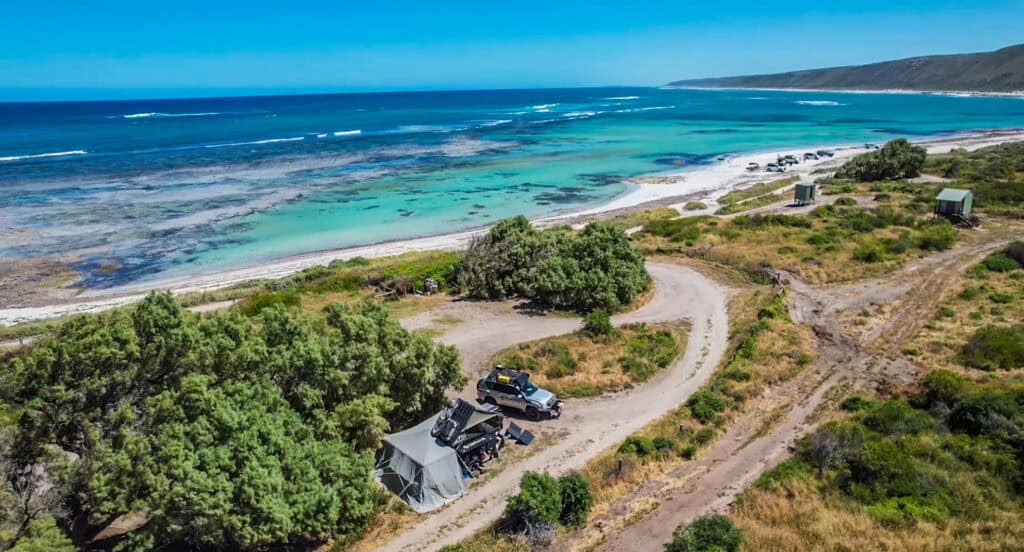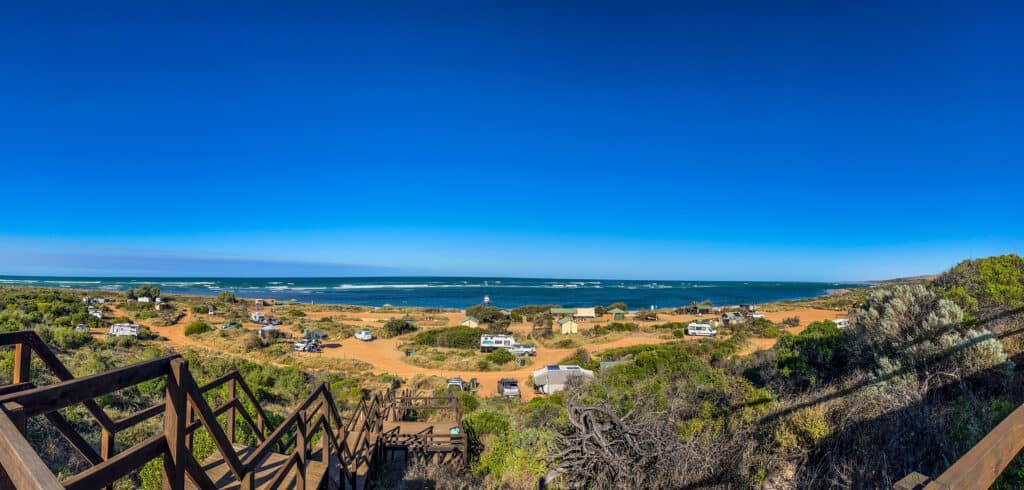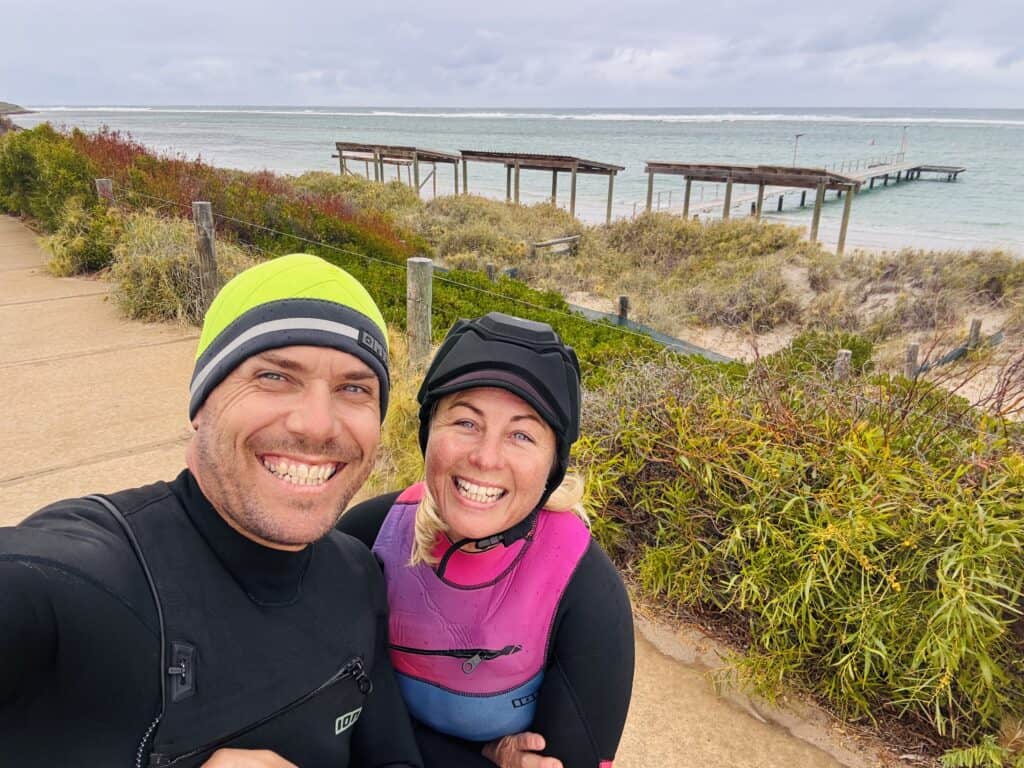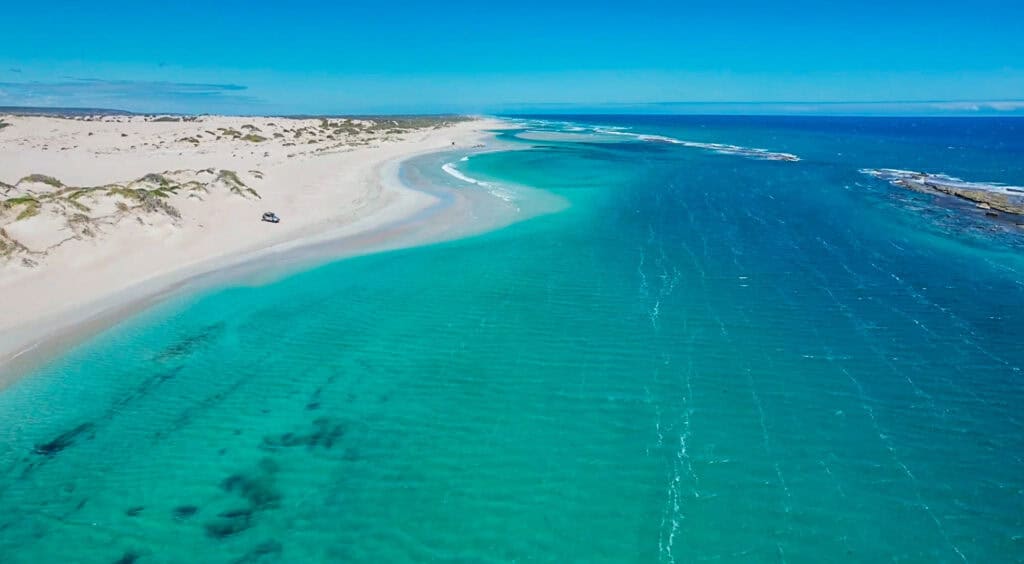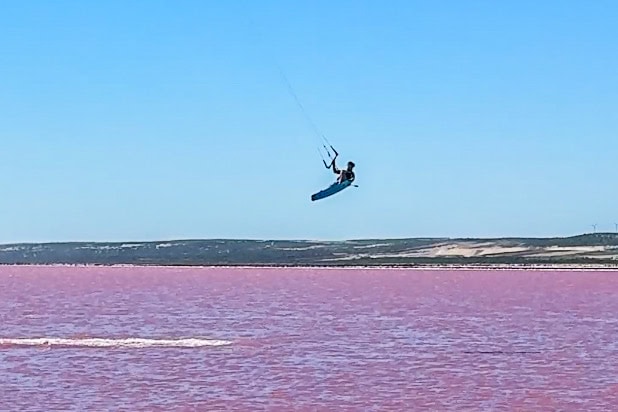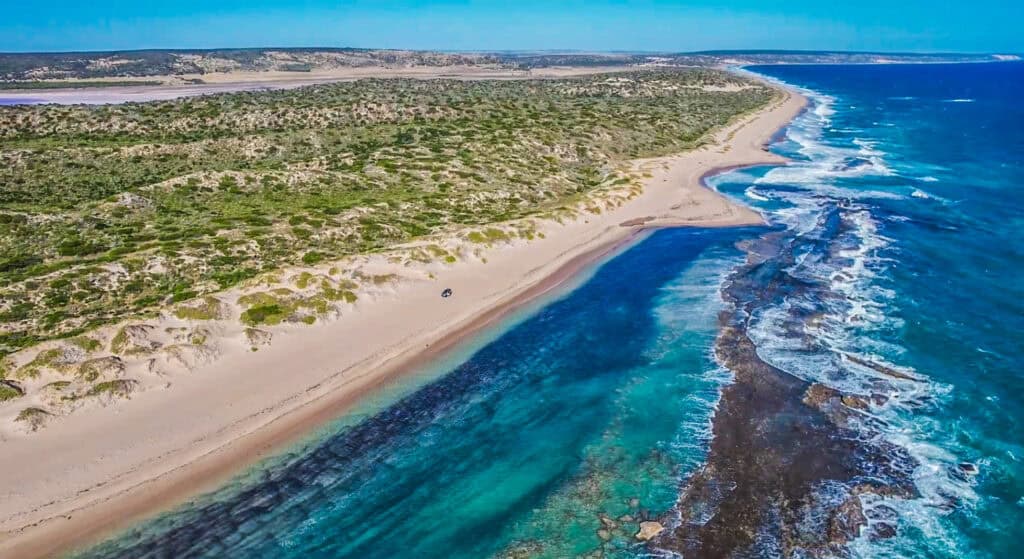With another windy Cocos season wrapped up in mid-September, it was time for Ben and Cat to trade turquoise lagoons for red dirt roads. After a week back in Perth, enjoying some much-needed R&R, along with last-minute planning, packing, and tinkering with the car, we packed the kite gear, topped up the snacks, and hit the road north, chasing wind, warmth, and wide-open beaches.
First Stop: Little Bay
A little over an hour north of Geraldton, we stumbled across an absolute gem: Little Bay. Tucked behind a ridge of She-Oaks, this quiet beachside campground feels like you’ve discovered a secret slice of paradise. The sandy track in requires 4×4 access, but the sand was firm enough that we didn’t need to drop the tyre pressure.
Little Bay has only a handful of campsites, each sheltered from the southerly winds, and fronts onto a stunning reef-protected lagoon. Perfect for swimming, snorkelling, and, according to the locals, scoring a feed of crayfish; though we stuck to kiting instead of diving for dinner.
At only $15 a night, it was well worth it. So, we set up camp here for six nights and used it as our base to explore the nearby kite spots.
Coronation Beach, aka “Corros”
Our first session was at the legendary Corro’s — known for its strong, clean winds and wicked kickers. It’s a local favourite for a reason, and it didn’t disappoint. Blue skies, steady breeze, and plenty of space for boosting, it was the perfect reintroduction to mainland kiting after Cocos.
Horrocks Beach
Just a few minutes from our campsite lies Horrocks Beach, a peaceful coastal town featuring a charming convenience store that also serves fish ‘n chips. The beach provided a small, reef-protected area perfect for playing. During September’s low tides, the reef was well exposed, giving us calm waters and a beautiful sunset, albeit it was a bit cold! While our primary goal was to find flat water, some locals were riding the waves further out, indicating it is a great location for wave kiting. There’s nothing better than ending the day with a kite session under pastel skies.
Lucky Bay
An hour north of Little Bay, Lucky Bay (not the Esperance one!) turned out to be a surprising highlight. Imagine endless sand dunes, clear water, and a landscape of moving sandbars. The top kite spot requires a 4×4 to reach, but it’s absolutely worth the trek. With calm waters at low tide and fun wave kickers, and miles of pristine coastline, it’s a place that makes you lose track of time. There is a fantastic camp spot at Lucky Bay tucked among the dunes, which looks to be the perfect spot to camp the next time we’re back.
Pink Lakes & Painful Lessons
On our final day, Ben had one mission: kite Hutt Lagoon, the famous pink lake near Port Gregory. The pastel-pink water looked good enough to drink, but the reality was far saltier. With sky-high salinity and barely-knee-deep water, it’s not exactly beginner-friendly. Ben’s plan was simple: don’t fall in. Unfortunately, a lull in the wind and an over-ambitious jump ended with him face-first in a vat of strawberry saltwater. Not ideal. Felt awful. Won’t be repeated.
Port Gregory
Next, we checked out Port Gregory, another reef-protected lagoon that had potential written all over it, unfortunately, just not that day. We were a little under-gunned on our 9m and 11m kites, seaweed had filled the lagoon after a high tide, and the flat-water section wasn’t quite working for the goofy footers among us. So, we’ll put it down as a reccy mission and perhaps come back in better conditions.
With its endless stretches of sand, reef-protected lagoons, and wild, untamed coastline, Western Australia never disappoints. Every corner seems to hide another kite spot waiting to be discovered — and we’re just getting started.
Next stop: Shark Bay.
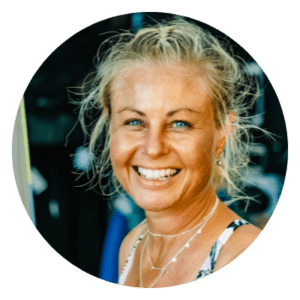
– Cat Jay
Creative Director

